 "I Believe in You (You Believe in Me)," Performed by Johnnie Taylor
"I Believe in You (You Believe in Me)," Performed by Johnnie Taylor
Entry Type: Thing - Starting with I
 "I Believe in You (You Believe in Me)," Performed by Johnnie Taylor
"I Believe in You (You Believe in Me)," Performed by Johnnie Taylor
I Go [Steamboat]
aka: Igo
aka: New Igo
aka: New Iago
I Know Why the Caged Bird Sings
 "I Want to Be a Cowboy's Sweetheart," Performed by Patsy Montana
"I Want to Be a Cowboy's Sweetheart," Performed by Patsy Montana
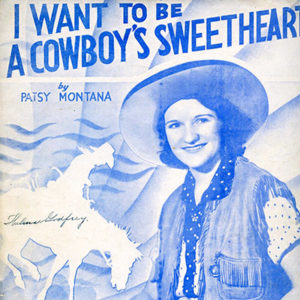 "I Want to Be a Cowboy's Sweetheart"
"I Want to Be a Cowboy's Sweetheart"
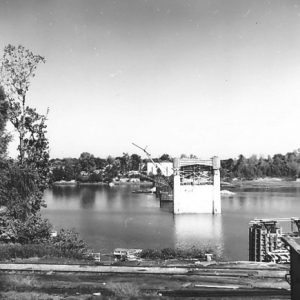 I-30 Bridge Construction
I-30 Bridge Construction
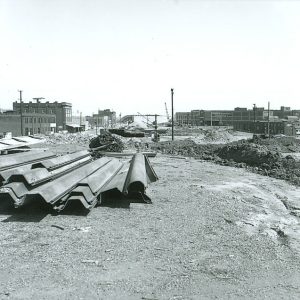 I-30 Construction
I-30 Construction
 I-30 Elevated Portion
I-30 Elevated Portion
I-30 Speedway
 I-40 Dedication
I-40 Dedication
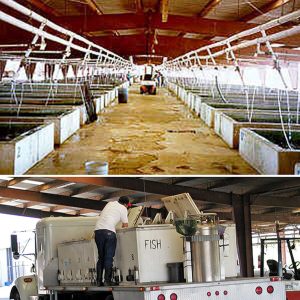 I. F. Anderson Farms
I. F. Anderson Farms
I. F. Anderson Farms
aka: I. F. Anderson Minnow Farms
aka: Anderson Minnow Farm
aka: Anderson’s Minnow Farm
 I. F. Anderson Farms Bait
I. F. Anderson Farms Bait
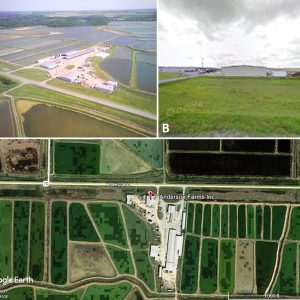 I. F. Anderson Farms
I. F. Anderson Farms
 IQ Zoo Handbill
IQ Zoo Handbill
I’m from Arkansas
 I'm from Arkansas
I'm from Arkansas
IC Corporation
aka: Ward Transportation Services, Inc.
 Ice Plant
Ice Plant
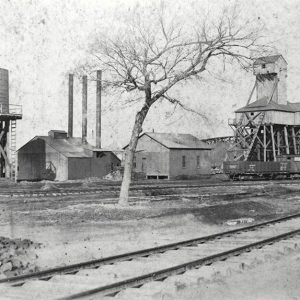 Ice Plant
Ice Plant
Ictaluridae
aka: Catfishes
aka: Bullheads
aka: Madtoms
 Icthyomyzon castaneus
Icthyomyzon castaneus
 Icthyomyzon Lampreys
Icthyomyzon Lampreys
 "If You've Got the Money Honey (I've Got the Time)," Performed by Lefty Frizzell
"If You've Got the Money Honey (I've Got the Time)," Performed by Lefty Frizzell
 Iga Tea Bowl
Iga Tea Bowl
 Iga Vase
Iga Vase
 Imboden
Imboden
Immaculate Heart of Mary Church and School
Immigration
 Imperial Moth
Imperial Moth
 In the Shadow of the City
In the Shadow of the City
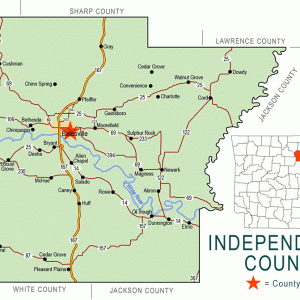 Independence County Map
Independence County Map
Independence Steam Electric Station
Independent Order of Odd Fellows Building (Benton)
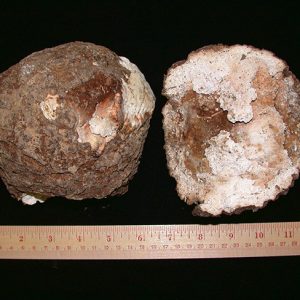 Indian Bread
Indian Bread
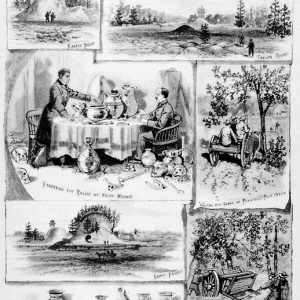 Indian Mound Exploration Illustration
Indian Mound Exploration Illustration
Indian Mounds
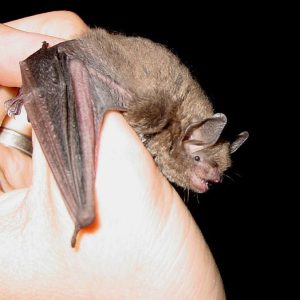 Indiana Bat
Indiana Bat
 Indigo Bunting
Indigo Bunting
Indochinese Resettlement Program
aka: Operation New Life
Industrial Sand Mining
Information Galore
aka: Infogo
Initiatives and Referenda
Insects
 IMPAC Logo
IMPAC Logo
 IMPAC Senate Citation
IMPAC Senate Citation
Instructional Microcomputer Project for Arkansas Classrooms (IMPAC)
 Interior Least Tern
Interior Least Tern
 Interior Least Tern Nestlings
Interior Least Tern Nestlings




